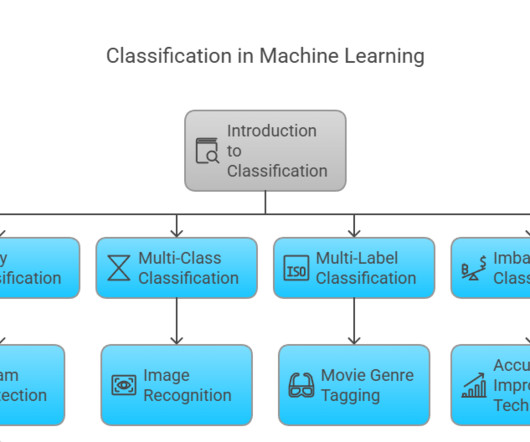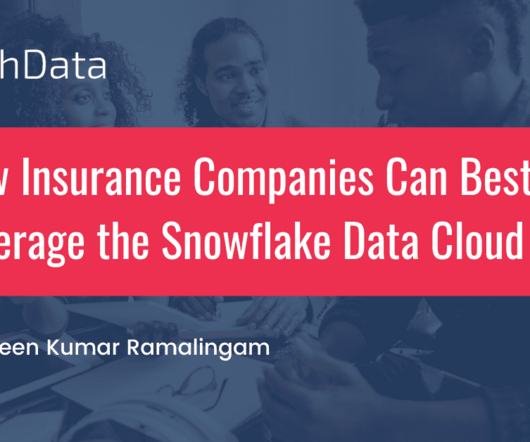Predictive modeling
Dataconomy
MARCH 17, 2025
Predictive modeling is a mathematical process that focuses on utilizing historical and current data to predict future outcomes. By identifying patterns within the data, it helps organizations anticipate trends or events, making it a vital component of predictive analytics.












Let's personalize your content